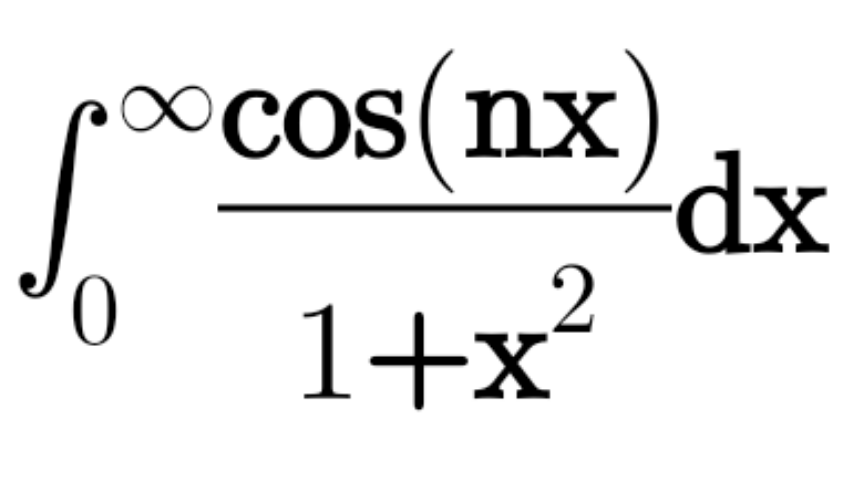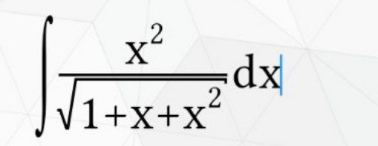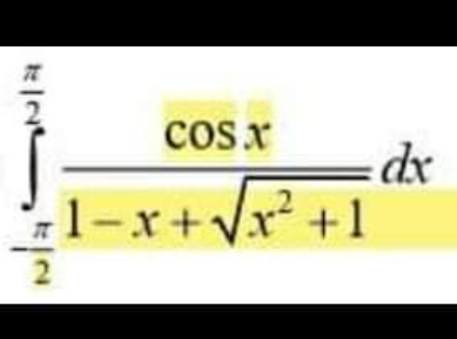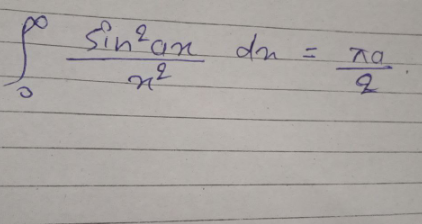
IntegrationQuestion and Answers: Page 51
Question Number 168677 Answers: 2 Comments: 1

Question Number 168662 Answers: 0 Comments: 0
$$\int{sin}^{\mathrm{3}} \left({x}\right){cos}^{\mathrm{4}} \left(\mathrm{5}{x}\right){dx}=? \\ $$
Question Number 168649 Answers: 0 Comments: 3
Question Number 168652 Answers: 0 Comments: 0

Question Number 168595 Answers: 0 Comments: 1

Question Number 168499 Answers: 2 Comments: 0

Question Number 168477 Answers: 0 Comments: 6

Question Number 168473 Answers: 1 Comments: 0
Question Number 168463 Answers: 0 Comments: 0
Question Number 168459 Answers: 2 Comments: 0

Question Number 168446 Answers: 1 Comments: 0

Question Number 168368 Answers: 1 Comments: 0

Question Number 168366 Answers: 1 Comments: 0

Question Number 168355 Answers: 1 Comments: 0
Question Number 168341 Answers: 1 Comments: 0
$$\int\left(\mathrm{1}+{x}^{\mathrm{2}} \right)^{\mathrm{3}} {dx}=? \\ $$
Question Number 168338 Answers: 1 Comments: 0

Question Number 168320 Answers: 0 Comments: 0
Question Number 168311 Answers: 0 Comments: 5
Question Number 168303 Answers: 2 Comments: 0
$${calculate}\:\int_{\mathrm{0}} ^{\mathrm{1}} {x}\sqrt{\mathrm{1}−{x}^{\mathrm{6}} }{dx} \\ $$
Question Number 168296 Answers: 2 Comments: 0
$$\int\left(\mathrm{5}{x}+\mathrm{2}\right){cos}\left(\mathrm{2}{x}\right){dx}=? \\ $$
Question Number 168188 Answers: 4 Comments: 1
Question Number 167989 Answers: 2 Comments: 0
Question Number 167965 Answers: 1 Comments: 0

Question Number 167922 Answers: 4 Comments: 2
Question Number 167912 Answers: 1 Comments: 0
Question Number 167885 Answers: 0 Comments: 0

